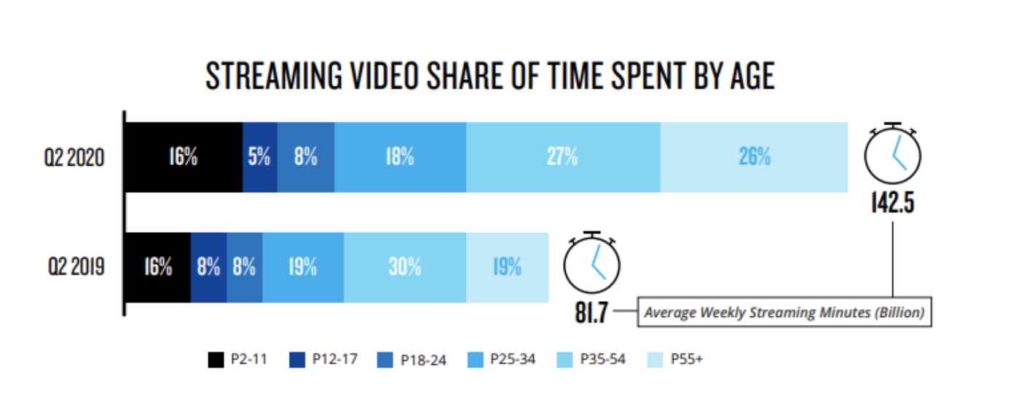To paraphrase the Greek philosopher Heraclitus, “The only constant in life is change”. However, the rate of change is not constant. Think about how any number of events have shaped and changed your life. The minute before you received that phone call, or said yes to that offer, your life was the same as it had been for days, weeks, months or even years before. Then one minute later, seemingly nothing will ever be the same. 2020 has been a year of volatility, uncertainty, and cultural and civil unrest. The reverberations from Covid-19 have been felt in every aspect of work, play, and life in general. However, disruptions to the norm can present great opportunities for innovation and change. During the Great Depression, the car radio became a reality, as did the electric razor and even the chocolate chip cookie.
While some changes may be temporary, others certainly are here to stay. One of the biggest impacts of Covid-19 is the substantial geo-shifting of the workforce. The impact of a workforce that conducts its business remotely can be many and varied. Outside of companies not having to rely on local talent, people are liberated to move to their choice of less or more dense regions. In short order, housing trends verified these shifts, and in many areas, demand outweighs inventory.
Accordingly, the tools for working from home have gone from a nice-to-have, to must-have, almost overnight. In a recent Nielsen report, 73 percent of respondents said that working from home gives them the freedom and flexibility that best suits their needs, and 80 percent of them prefer to work for companies that allow them to do so. This previously unexpected work place shift has been a catalyst driving adoption of different media platforms at an accelerated rate. Consequently, media habits are evolving. Advertisers that are agile, or open-minded enough to recognize these changing habits stand to benefit and reap the rewards.
It’s no surprise that those working from home have turned to media to keep themselves company, or to just replace the buzz of a social office, but which media are they using during work hours?
In its most recent Total Audience Report, Nielsen found that even though there may be less commuting going on, work-from-homers still utilize radio quite a bit. 75 percent of people noted that they listen to music while working at least once a week, and 40 percent of those listeners do so daily. Rather than sidelining radio from their marketing mixes, advertisers may be better served adjusting their strategies to reach listeners who may be on the job instead of on the way to one.
Daytime television has seen a shift in its usual viewer demographics as work-from-homers have the TV on during their work day. News is the most popular type of content viewed or streamed, with 47 percent accessing it during the work day, with local news leading over national cable or broadcast news. 64 percent of those who connect with news content while working from home tune into local news. Not too surprisingly, after getting all of the disconcerting news of the day, 40 percent of viewers turn to comedy as a means of escape.
The ability to work from home has also brought about a somewhat unanticipated shift in sleep behavior, with 54 percent of workers who have switched to a work-from-home schedule now getting up later than they did previously, and nearly half (49 percent) going to bed later at night than they did when they had to commute into work. It is important advertisers note this shift as programming choices that were once considered paramount, may no longer merit the same expenditures they once did, and previously undesired content suddenly becomes attractive.
Video streaming, whether SVOD or AVOD, was already growing substantially by the month; but has now accelerated even more rapidly with people of all ages embracing the platform. Particularly noteworthy is the consumption with older consumers ages 55 and up. Their usage now comprises 26 percent of all streaming minutes viewed, which is up 19 percent from the previous year. When you consider average weekly streaming, minutes has increased by 74 percent year-over-year, this represents a significant shift from the heaviest television viewing group.

Perhaps not surprisingly, with total streaming minutes steadily increasing, the number of services people are willing to subscribe to continues to grow. 25 percent of adults have added a streaming service while only 2 percent have reduced the number of services they have. Hispanics have adopted new services even more profoundly at 40 percent. With the number of streaming entities already available, plus who knows how many are to come, advertisers would be well-served allocating budget to this platform.
2020 has brought about many substantial changes. Whether or not mitigation therapeutics or a full-on vaccine for COVID-19 appears in the near future, some of these new media habits (if not most of them) will become the new normal for consumers. The advertisers who recognize and embrace this change stand to benefit and persevere.
